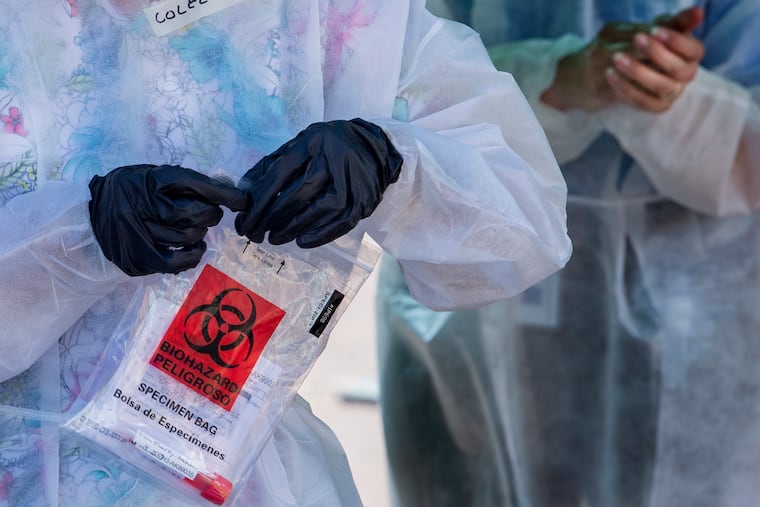Philly, N.J., and Pa. reject CDC’s new coronavirus guidelines, saying they will continue robust testing
The governors of several states, including New Jersey, New York, Connecticut, Kentucky, Washington, and California, said Thursday they were alarmed by the CDC's change.
